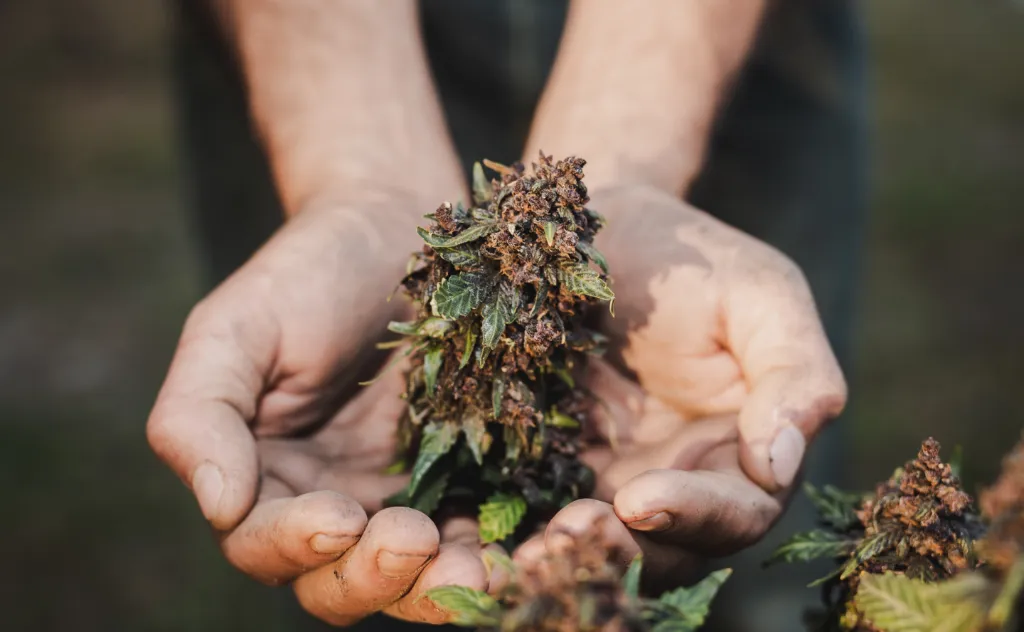In the vast panorama of cannabis-related products, a substance emerges that is as fascinating as it is debated: hashish. This resin, obtained precisely from the cannabis plant, holds an ancient history and a number of mysteries that capture the attention of scholars and enthusiasts.
But what exactly is hashish? What effects can it trigger on the human mind and body? And what are the risks associated with its consumption? These questions open up a world of knowledge that we will explore in the course of this article.
While opinions on cannabis oscillate between legal, medical and social debates, hashish presents itself as an important piece in this discussion. In the following paragraphs, we will take a closer look at the basic characteristics of hashish, its effects on the psyche and body, and the risks associated with its consumption.
It was discovered by chance by farmers in areas such as India, Afghanistan and the Middle East who, while harvesting cannabis plants, realised that the resin stuck to their hands. This was man’s first contact with the substance, whose relationship has evolved to the present day.
Let’s find out together how hashish and cannabis are related and what the effects are. This way you will not get confused between the different solutions that are derived from a plant rich in properties for humans.
What is hashish?
Hashish is a psychoactive substance obtained from the cannabis plant. This resin, usually dark in colour and sticky in consistency, is extracted from the trichome-rich parts of the plant, small glands that contain cannabinoids such as THC (tetrahydrocannabinol) and CBD (cannabidiol). Hashish has been used historically in different cultures for ritual, medical and recreational purposes, and has a long and complex history that is intertwined with the traditions of many societies around the world.
Hashish can be consumed by smoking it, in countries where this use is considered legal, but it can also be used in other forms such as in edibles or extracts. Due to the high content of THC, the psychoactive principle in cannabis, hashish can have mind and body-altering effects. Reactions may vary from person to person and the effects depend on factors such as dose, tolerance and the individual’s mental state, as we will see later.
Over the years, hashish has generated much debate regarding its potential benefits and the risks associated with its use. While some people regard it as a substance with moderate medical and recreational potential, others warn of its side effects and possible health problems, including those related to addiction, mental health and long-term effects.
-
Product on sale
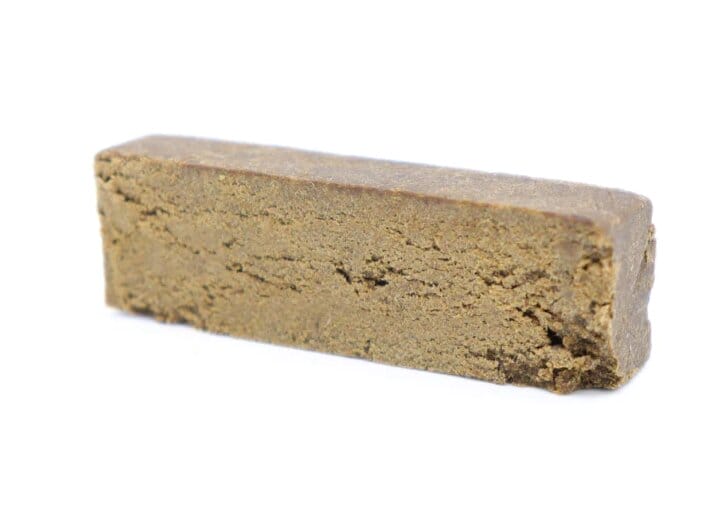 00Price range: £7.23 through £211.65From 2,12 €/gr
00Price range: £7.23 through £211.65From 2,12 €/gr -
Product on sale
 AfghanPrice range: £8.50 through £424.15From 4,24 €/gr
AfghanPrice range: £8.50 through £424.15From 4,24 €/gr -
Product on sale
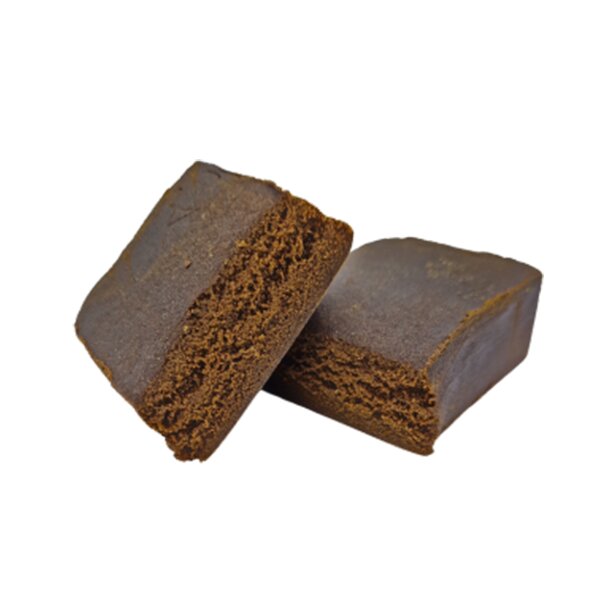 Banana BerryPrice range: £7.65 through £296.65From 2,97 €/gr
Banana BerryPrice range: £7.65 through £296.65From 2,97 €/gr -
Product on sale
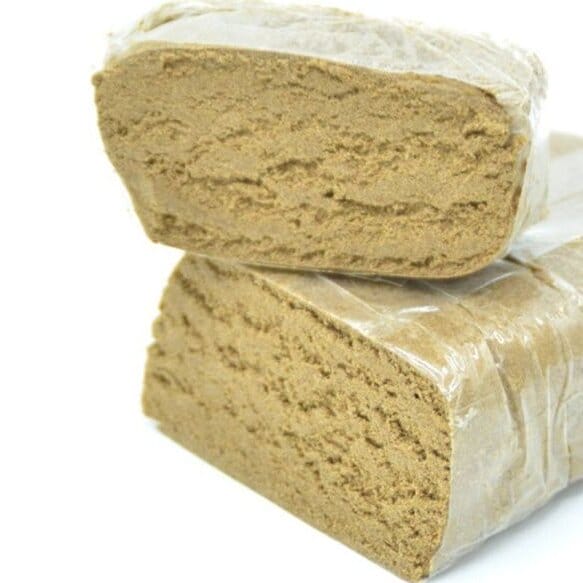 BeldiaPrice range: £8.50 through £425.00From 4,25 €/gr
BeldiaPrice range: £8.50 through £425.00From 4,25 €/gr -
Product on sale
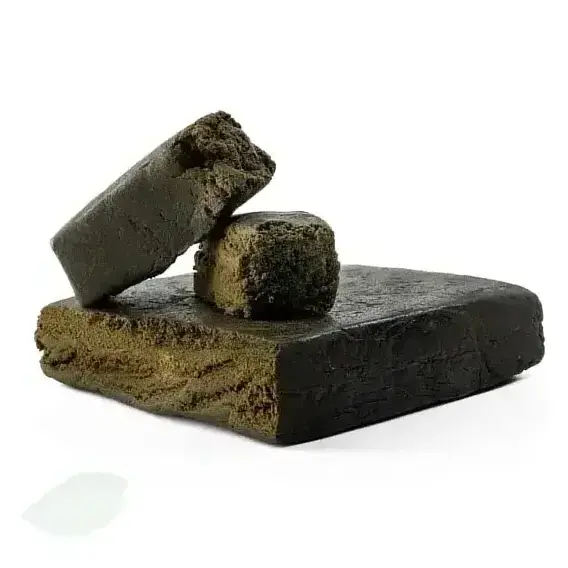 Bengal CharasPrice range: £8.50 through £424.15From 4,24 €/gr
Bengal CharasPrice range: £8.50 through £424.15From 4,24 €/gr -
Product on sale
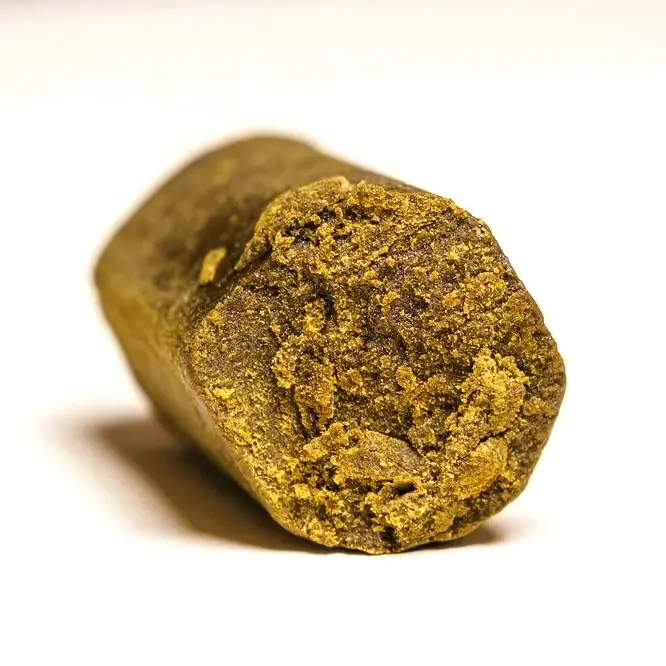 Bubble HashPrice range: £8.50 through £255.00From 5,10 €/gr
Bubble HashPrice range: £8.50 through £255.00From 5,10 €/gr -
Product on sale
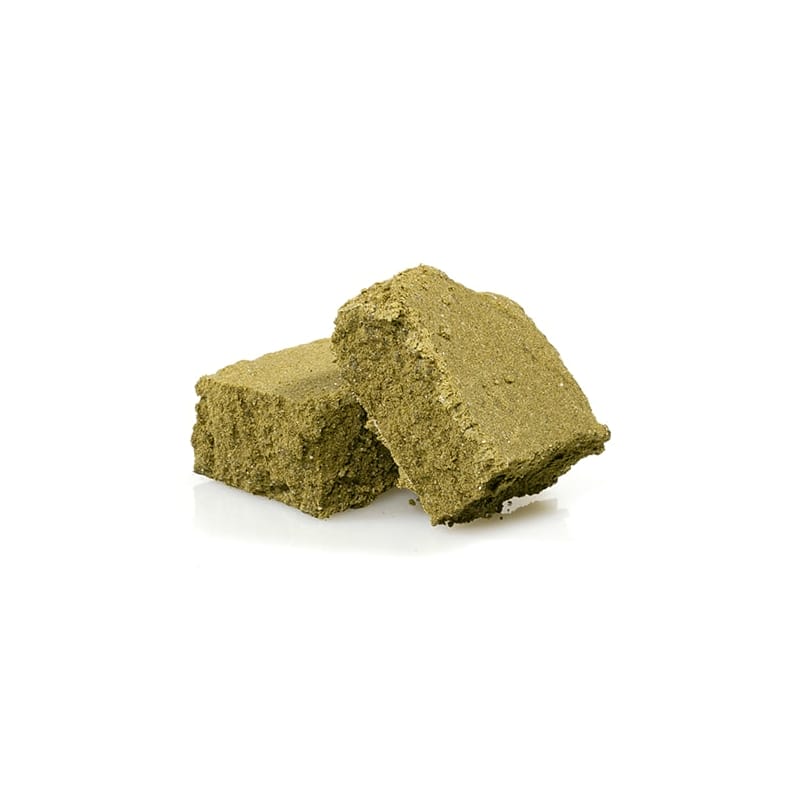 BurbukaPrice range: £7.65 through £233.75From 4,68 €/gr
BurbukaPrice range: £7.65 through £233.75From 4,68 €/gr -
Product on sale
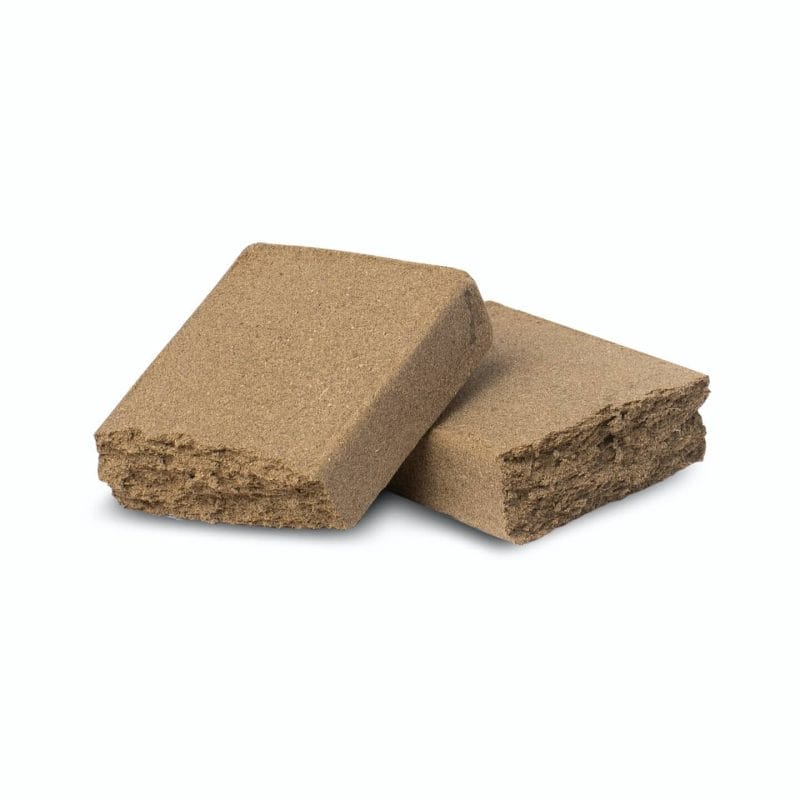 Caramel Candy | Legal HashishPrice range: £7.65 through £424.15From 3,04 €/gr
Caramel Candy | Legal HashishPrice range: £7.65 through £424.15From 3,04 €/gr -
Product on sale
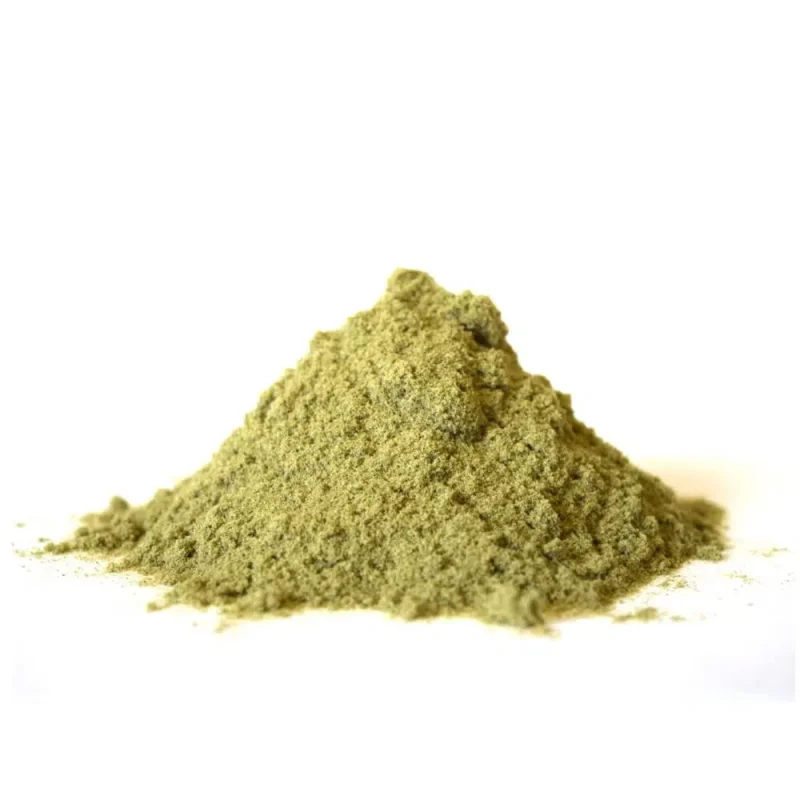 CBG KiefPrice range: £4.25 through £187.00From 1,87 €/gr
CBG KiefPrice range: £4.25 through £187.00From 1,87 €/gr
Difference between hashish and weed
Hashish and weed are both derivatives of the cannabis plant but differ in their form, composition and method of production:
- Physical form: Hashish is a compact resinous substance, often presented in the form of small balls or blocks, and consists mainly of trichomes (the resin glands of the plant that contain high concentrations of cannabinoids, particularly THC); the herb, on the other hand, consists of the dried, flowered and shredded parts of the cannabis plant, including flowers, leaves and stems;
- Composition: Hashish tends to have a higher concentration of cannabinoids than grass, as it is made from trichomes that are particularly rich in them, which translates into greater potential and more intense psychoactive effects; grass has a different concentration of cannabinoids depending on the strain and the part of the plant used, but has lower THC levels that make it less psychoactive;
- Production method: Originally, the phase of extracting the resin from the trichomes from the plant to create hashish was done manually, but now systems such as ice water are also used; as for the herb, there are various methods of extracting the cannabinoids from the plant part such as the use of solvents or supercritical CO2.
Both products contain cannabinoids such as THC and CBD, which interact with the human body’s endocannabinoid system to produce a range of psychoactive and therapeutic effects. However, differences in form, composition and production method affect the user experience and the potential intensity of the effects.
What effects does hashish have on the nervous system?
Hashish, due to its THC concentration of over 15%, is considered a psychoactive substance that can have significant effects on the body of a user.
The effects of hashish on the nervous system vary depending on the dose, frequency of use and individual predisposition, as mentioned earlier. In general, hashish can cause alterations of:
- Perception: can cause hallucinations, distortions in the perception of time and space, and alterations in the consideration of self and the surrounding world;
- Thinking: can lead to concentration difficulties, memory problems and difficulty in thinking clearly;
- Emotions: can bring euphoria, anxiety, depression, paranoia and psychosis;
- Behaviour: may cause increased impulsivity, increased risk of accidents and impaired cognitive performance.
The difference between the effects of hashish and weed lies precisely in the concentration of THC, since it is this substance that brings about major alterations when present in high percentages. In contrast, CBD does not produce any contraindications. This is why cannabis products with low THC levels are chosen by those who want to use the plant for curative or preventive purposes.
Is there a risk of long-term effects?
Hashish can have long-term effects on the body. Prolonged use of hashish can cause:
- Cognitive deficits: prolonged use of hashish, especially in large quantities, can cause memory deficits, concentration difficulties and learning problems;
- Mental disorders: may increase the risk of developing mental disorders, such as schizophrenia, depression and anxiety;
- Addiction: can cause dependence, both physical and psychological.
There can also be physical repercussions, including the effects of hashish on the eyes. The substance can in fact cause redness, dryness, irritation, vision problems and even develop glaucoma.
Other physical effects include respiratory problems (such as chronic coughing, bronchitis and asthma), cardiovascular (which can lead to heart attack or stroke), reproductive and brain development problems in very young users.
Of all the long-term effects we have mentioned, the most complex to deal with is certainly addiction. This is in fact another difference with weed, especially legal weed that has low levels of THC. But let’s see together how the addiction factor can be managed and what symptoms occur when trying to quit.
Symptoms of abstinence
Hashish withdrawal is a condition that occurs when one stops using hashish after a period of prolonged use. The symptoms of hashish withdrawal may vary from person to person, but some of the most common symptoms include anxiety, depression, insomnia, irritability, loss of appetite, headaches, sweating and tremors.
How long does abstinence from hashish last? The duration of withdrawal-related symptoms, just like the effects seen before, varies from person to person. The duration and intensity of abstinence depends on several factors including the duration of previous use, the amount consumed and individual reactivity. In theory, it lasts two to four weeks. In some cases, withdrawal symptoms from hashish may last longer.
Before quitting smoking hashish, it is important to talk to your doctor. A professional has the necessary tools to develop a plan to stop smoking hashish gradually and safely and to manage withdrawal symptoms.
Difference between hashish and legal hashish
Hashish and legal hashish differ in terms of origin, composition and legal status. As we have seen throughout the article, traditional hashish is a psychoactive substance derived from cannabis containing high concentrations of cannabinoids such as THC. It is often banned by law in many jurisdictions due to its psychoactive effects and possible health implications, which, with prolonged and intense use, can be very serious.
On the other hand, legal hashish, which is classified within the large group of ‘light cannabis’ or ‘low-THC cannabis’, is produced from cannabis strains containing very low levels of THC and higher concentrations of CBD. CBD does not have the same psychoactive effects as THC, but instead has therapeutic properties. To find out whether or not a particular product is legal, it is therefore necessary to check the laws of the state in question. Legal products are designed to exploit the healing properties of the plant without endangering the health of the consumer.
To further explore the opportunities offered by legal cannabis and CBD products, we invite you to discover Maria’s CBD Oil product range. From oils to creams, we have created high-quality solutions for those seeking the benefits of cannabis without the psychoactive effects of THC. Visit our online shop and try for yourself all the options that legal cannabis has to offer.
 Contact us
Contact us 






